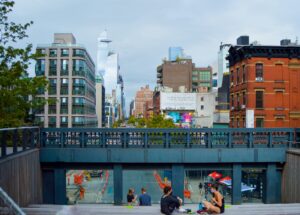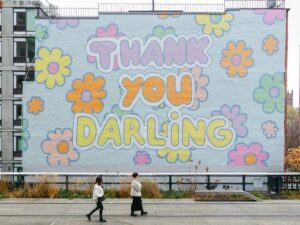Many of the commonly defended human rights (freedom of expression, of assembly, of information, of movement, etc.) depend on the availability of physical public space. Their absence, especially in the suburbs, routinely hinders the rights of citizens. For this reason, Gregory Smithsimon argues for a formal right to public space.
At the center of virtually every major protest movement in recent years has been a central public space. Anti-Mubarak protesters filled Tahrir Square in Egypt, just as anti-government protesters in Ukraine filled Independence Square. Indignados took over Madrid’s Puerta del Sol a few months before Occupy Wall Street took over Liberty Plaza in New York City, and each protest spread to new plazas in new cities. The importance of public spaces for social movements is not a recent phenomenon, as the 1989 protests associated with Beijing’s Tiananmen Square or the Argentinean group Mothers of the Plaza de Mayo both demonstrate.
While each of these movements grew to significance in a central, symbolic public space, increasing numbers of people around the world have little access to such public spaces, using privately owned spaces for activities that once took place in public. From Calgary to Johannesburg, people shop in privately owned malls rather than market streets. From the suburbs of Shanghai to Las Vegas, they live in suburban developments that lack sidewalks or parks. And from New York to Santiago, they gather and eat lunch in plazas that are privately owned annexes to office buildings rather than public squares. Particularly in suburbs, there may be no public space.
Read the full article on Metopolitics
Author: Gregory Smithsimon
Recommended by Luisa Bravo











More Stories
A stealthy reimagining of urban public space by Elizabeth Diller
Security by Design: Protection of public spaces from terrorist attacks
10 years of Global Public Space Programme – Annual Report 2022 and reflections on a Decade of Public Space